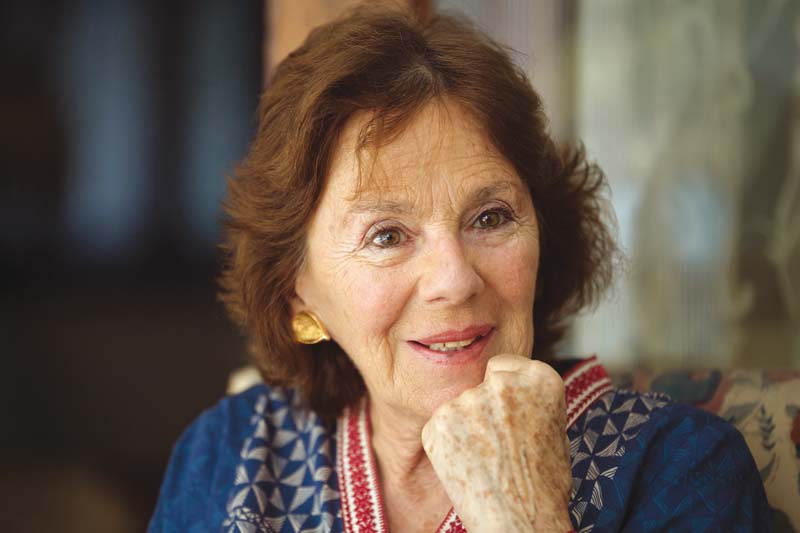
‘Frustrated’ by the “hidden censorship in the West (and) France in particular”, Mourad decided to switch to writing novels after 12 years of working in the media. The career change was hastened by a feeling of being ‘restricted’ or ‘confined’ as a journalist, she says. “My work was never openly rejected, but instead I would be told, ‘The article is too long’ or the story would be delayed constantly until I gave up,” she says. “They would often cut out the bits they did not want to publish,” she adds. “I used to write about the Middle East, but it is difficult to expose realities in France as you can’t say much about Israel — you really can’t say what you want.”

Mourad was taught to always “be on the side of the downtrodden and not the powerful” and this ethos informed her work as a journalist. “You should not be a parrot of the powerful but rather give voice to those who don’t have one,” she explains. “Sadly, this isn’t the case anywhere in the world.” In 1983, she travelled to Turkey, Lebanon and India to research her first book Memories of an Ottoman Princess, based on her mother. When her career as an author took off, she decided the time had come to leave journalism behind.
In her mission to bring different classes and cultures together, Mourad has written books both in English and French. Peppering her conversation with French phrases and Urdu words, she begins to shed light on her writing life. “I don’t write stories about beautiful people with beautiful lives,” says Mourad. “I base my work on today’s problems — the realities,” she says. Her last book In the City of Gold and Silver traces the life of Begum Hazrat Mahal. The begum was one of the wives of Awadh’s ruler Wajid Ali Shah — who was exiled to Calcutta when the British annexed Awadh (in present-day Uttar Pradesh) in 1856 — and played a key role in the fight for Independence in 1947. It took the British nine months to gain control over Lucknow and the Begum continued her fight for a year after this.
While writing the book, Mourad travelled to Lucknow and spent a great deal of time tracing those who knew Begum Hazrat Mahal personally. Extensive research was carried out in libraries of Lucknow as not a lot has been written about this particular character. “Begum Hazrat Mahal is an example of a strong Muslim woman, who is a beautiful lady; a fantastic leader in military terms as well as governance. She takes special care of the poor because she belonged to a poor family when she was growing up,” shares Mourad.
Additionally, Mourad manages to paint a vivid picture of Lucknow in the book. The colour gold refers to Hindus and silver represents Muslims. Lucknow is “the place where two cultures collide [and] where they happily coexist,” she says. Mourad emphasises the term ‘coexistence’ and says she prefers this term over ‘tolerance’. “The word ‘tolerance’ suggests that you are just tolerating a person [because you do not have] a choice, while the term ‘coexistence’ shows appreciation for the other person or culture,” she explains. “I talk about moderate Islam in my book and I do that by showing unity between Hindus and Muslims; I show them fighting together, not against one another.”
Nashmia Butt is a subeditor for The Express Tribune Op-ed desk.
Published in The Express Tribune, Sunday Magazine, March 22nd, 2015.



1719211536-0/BeFunky-collage-(81)1719211536-0-165x106.webp)



















COMMENTS
Comments are moderated and generally will be posted if they are on-topic and not abusive.
For more information, please see our Comments FAQ